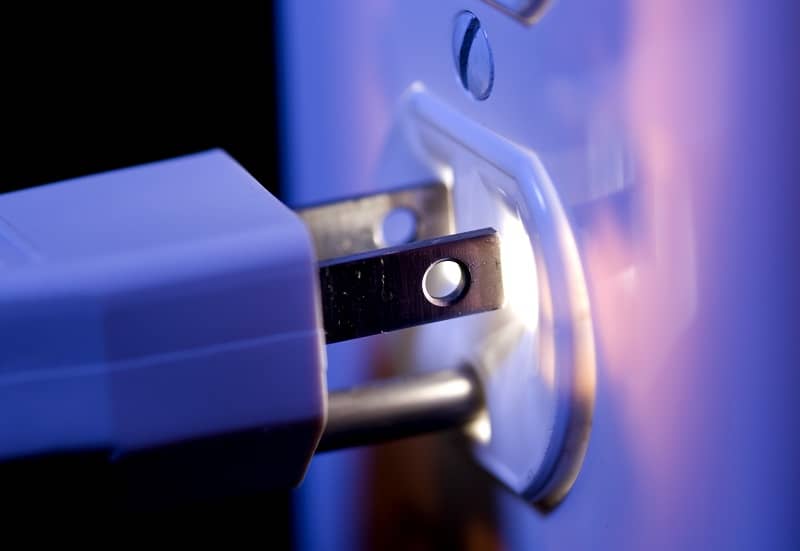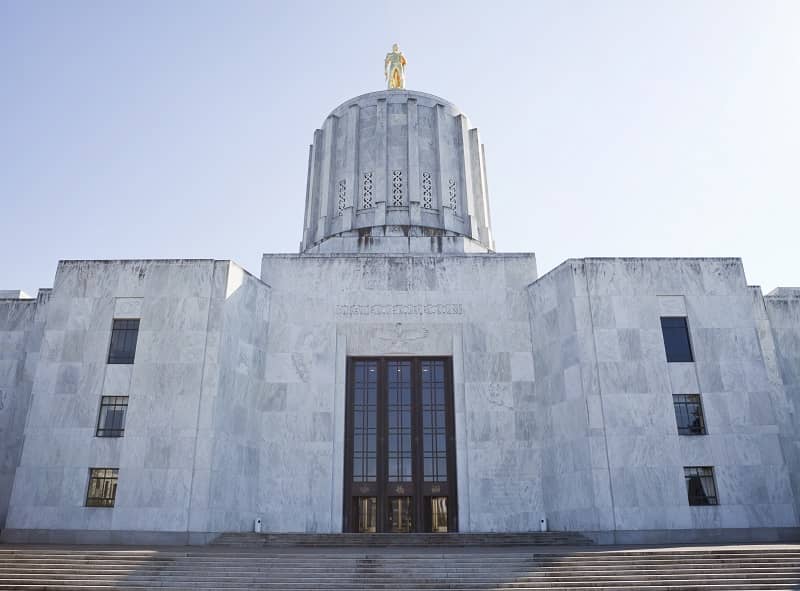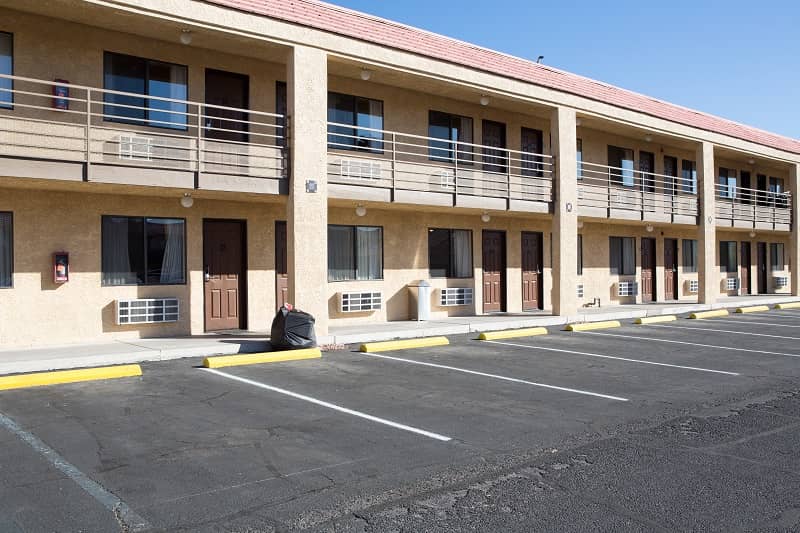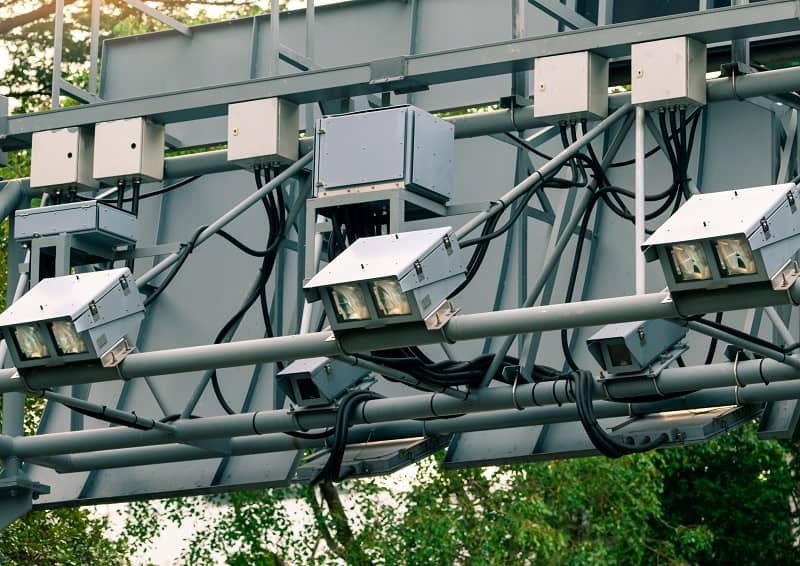Senate Environment and Natural Resources Committee
Senate Bill 76: Regarding the Removal of the Klamath Dams
Hearing is February 3 at 3 pm
Testimony for Senate Bill 76
Todd Wynn
February 3, 2009
My name is Todd Wynn, and I am Cascade Policy Institute’s climate change and energy policy analyst. Cascade Policy Institute is a nonprofit, nonpartisan public policy research organization that focuses on state and local issues in Oregon and has been active in the state since 1991. My research focuses entirely on Oregon public policy that involves energy, climate change and environmentally related issues.
Senate Bill 76 is intended to restore the Klamath River Basin in order to increase/maintain fish population in the river. SB 76 hopes to achieve this goal through decommissioning and removing four dams along the Klamath River and helping to finance the removal. Although the goals seem well intentioned, the removal of the dams is a much more complicated issue. The total removal costs would be paid for by PacifiCorp customers through a 2% surcharge on their bills, but the surcharge does not include the possible costs of providing replacement power if the dams are relicensed or removed altogether; and the bill makes no mention of the possibility of a cost overrun due to sediment removal.
PacifiCorp’s 2007 Oregon revenue was about $929,000,000, collected from about 548,000 Oregon ratepayers. The proposed 2 percent surcharge would generate about $18.6 million annually for ten years and equate to approximately $33 per ratepayer per year. This surcharge is meant to generate enough money to pay the $180 million obligated by the Agreement in Principle to be paid for dam removal by Oregon PacifiCorp ratepayers as their “fair share.” However, this amount does not appear to be adequate to pay for all of the costs obligated to the PacifiCorp ratepayers by SB 76 that are associated with the removal or relicensing of the four dams.
There are many estimates for the removal cost of the Four Klamath dams; they range anywhere from $75-180 million dollars[1]. However, these estimates do not include the possibility of sediment removal that could increase the total costs to between $1.5 billion and $4.5 billion, depending upon contamination levels. SB 76 makes no mention of sediment removal. Although the total amount allowed to be collected by PacifiCorp is capped to the 2% surcharge, someone may end up paying for the cost overrun.
Also, the 2% surcharge does not include the cost of replacement power that will have to be provided in case of removal or relicensing of the dams. However, Section 6 of SB 76 allows PacifiCorp to charge ratepayers for costs associated with providing replacement power. PacifiCorp has estimated the costs of providing replacement power due to the removal of the dams. The cost depends upon what source of power is used to replace the 147 MW of hydroelectricity provided by the dams slated for removal. Costs range anywhere from $21.6 million to $31 million annually[2] or $39.42-$56.57 per ratepayer per year.
The Klamath dam removal could amount to the biggest dam removal in history. The total removal costs are estimated without regard to potential costs of power replacement or sediment removal. The replacement power costs may prove to be an open-ended financial liability for PacifiCorp customers.
[1] Kruse, S.A., and Scholz, A.J. 2006. Preliminary Economic Assessment of Dam Removal: The Klamath River. EcoTrust.
[2] Pacificorp. 2004. Final License Application: Klamath Hydroelectric Project (FERC Project No. 2082).











